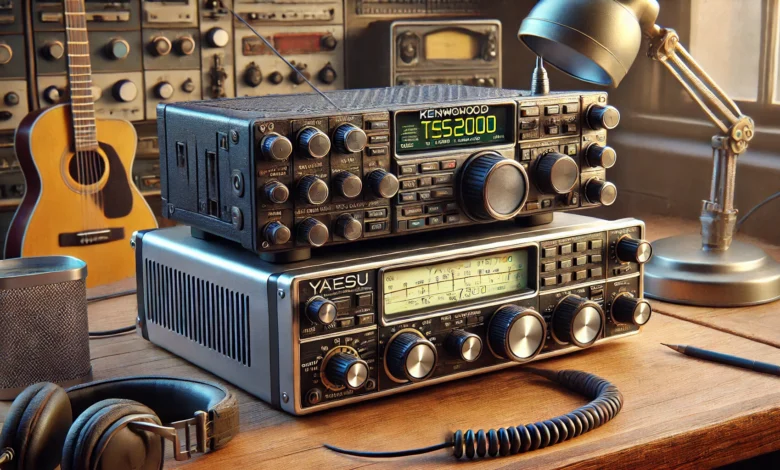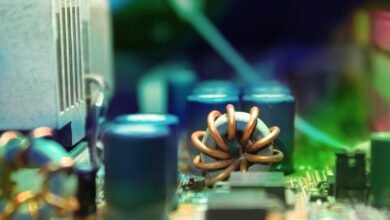Kenwood TS2000 vs Yaesu FRG-7700: A Comprehensive Comparison

When it comes to amateur radio equipment, the Kenwood TS2000 and the Yaesu FRG-7700 stand as two iconic models that cater to different needs. Both have garnered loyal users over the years, but they serve slightly different purposes. This article delves into a detailed comparison of these two legendary radios, helping you decide which is the best fit for your requirements.
Overview of the Kenwood TS2000
The Kenwood TS2000, also known as the “Swiss Army knife” of ham radios, is an all-mode, multi-band transceiver designed for versatility. Launched in the early 2000s, it has remained a favorite among amateur radio enthusiasts for its capability to handle HF, VHF, and UHF bands.
Key Features of the Kenwood TS2000:
- All-in-One Design: Covers HF (160m to 10m), VHF (6m and 2m), and UHF (70cm) bands, making it a comprehensive radio for varied operations.
- Modes Supported: AM, FM, SSB, CW, and digital modes are supported, catering to both casual and advanced operators.
- Built-In TNC: Offers packet radio support for digital enthusiasts.
- High Power Output: Delivers up to 100 watts on HF and VHF, and 50 watts on UHF.
- Satellite Communications: Its full-duplex mode makes it perfect for satellite enthusiasts.
Despite being a powerhouse, the TS2000 has faced criticism for its aging interface and DSP technology, which some operators find less refined compared to modern rigs.
Overview of the Yaesu FRG-7700
The Yaesu FRG-7700, in contrast, is a shortwave receiver tailored for those who prioritize high-quality reception over transmitting capabilities. First released in the 1980s, it remains a cult favorite among shortwave listeners and DXers.
Key Features of the Yaesu FRG-7700:
- Exceptional Receiver Sensitivity: Designed to pick up weak signals with minimal interference, making it ideal for DXing.
- Wide Frequency Coverage: Covers 150 kHz to 30 MHz, providing access to AM broadcasts, SSB signals, and CW transmissions.
- Analog and Digital Readout: Combines an analog tuning scale with a digital frequency display for precise tuning.
- Ease of Use: Simple controls and a robust design make it user-friendly for beginners and veterans alike.
- Modular Design: Optional accessories like the FRA-7700 active antenna further enhance its performance.
While the FRG-7700 excels in receiving signals, it lacks transmitting functionality, limiting its appeal to amateur radio operators who require a transceiver.
Kenwood TS2000 vs Yaesu FRG-7700: Side-by-Side Comparison
Which Should You Choose?
Your choice between the Kenwood TS2000 and the Yaesu FRG-7700 largely depends on your needs. If you’re looking for an all-in-one solution for transmitting and receiving across multiple bands, the TS2000 is the clear winner. It’s a reliable transceiver for serious ham radio operators who enjoy diverse activities, including satellite work.
On the other hand, if your primary interest lies in shortwave listening or DXing, the FRG-7700 shines with its excellent receiver sensitivity and ease of use. It’s a fantastic choice for hobbyists who enjoy exploring the airwaves without the need to transmit.
Final Thoughts
The Kenwood TS2000 and the Yaesu FRG-7700 are iconic in their respective categories. While the TS2000 is an all-purpose powerhouse for amateur radio operators, the FRG-7700 caters to shortwave enthusiasts with its exceptional reception capabilities. Ultimately, the better option depends on whether you prioritize versatility or focused listening.
When investing in either of these radios, consider your budget, operating preferences, and long-term goals in the world of amateur radio. Both models are legendary, and whichever you choose, you’re sure to enjoy countless hours of exploration and communication.
Read also : https://usamagmirror.com/electronmagazinecom-latest/
